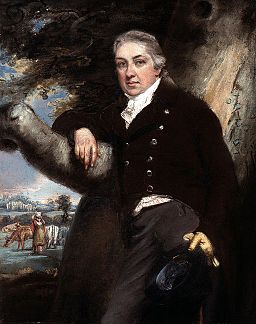Science changes people’s minds because it works. Show me some homeopathy that works, some astrology, some psychic power, and I’ll have no problem with it.
At the beginning of 2014 Nature published a paper that claimed to have simplified the process of producing stem cells to the point that only a slightly acidic solution and some pressure was necessary. Now if that worked it would have been a revolution in producing stem cells because no longer would expensive and toxic chemicals be required. It required no psychic to predict that if it worked anyone which wanted to produce stem cells would be doing so in short notice. But guess what? Do you see school biology classes happily turning out stem cells? No? Why not? Can’t remember Big Pharma stepping in and forbidding it because their expensive chemicals had become obsolete. You don’t see it because it doesn’t work.
Now, there are plenty of experiments with marginal results that show e.g. homeopathy working, but still science rejects these claims. One homeopath, who makes an appearance in the BBC Horizons homeopathy episode, David Reilly, doubts that since 200 such papers haven’t convinced the skeptics, that 400 wouldn’t. And he has a point, even though he unintentionally saws off the branch that he is sitting on.
Let’s take one of Reilly’s experiments as an example. He takes a small sample of patients with a condition such as hay fever, randomly assigns them to the placebo or homeopathy group and in an apparently double-blind design tests the hypothesis that the homeopathy group should improve more than the controls, and obtains a result that is marginal at best. Of the 30 or so patients in total, one has improved radically, and that patient is in the homeopathy group.
You can argue whether his statistics are valid, whether the blindness was maintained, and so on. But the real problem lies in what Reilly does after this one experiment. He repeats it once, gets the same result and then abandons the enterprise.
Many a successful medical intervention starts off exactly like this, but it doesn’t stop there. What I expect Reilly to do is: To go over his initial experiments and ask why his result is so marginal. Perhaps the patient who improved had a special type of hay fever that responded well to the treatment and that is what he should concentrate on in future; perhaps the potentiation of the “cure” had to be adjusted for a greater effect. Eventually in the course of further investigation some treatment might arise whose effects are clearly recognisable and might help, say, 50% of patients. But that takes hard work, and further investigation might just end up showing that the one patient who improve in the initial study really didn’t have hay fever to begin with, and that there was nothing in it from the beginning.

Because his tests were not blind and the number of subjects was small (initially 23), his vaccinations may have had an emotional appeal, but not much else. But the point is that medicine didn’t stop there. More and more people were vaccinated and eventually comparisons could be made between populations with and without vaccination. Eventually the vaccination was made more effective and safer. Eventually smallpox was eradicated and there is no longer anyone alive on the planet today who has had the disease.
I don’t think the same can be said about any of Hahnemann’s conjectures.
The way that science has of isolating details and testing whether or not they are important for a particular result has more to do with the relative success of Hahnemann and Jenner than do double-blinded testing, having a control group, or even having a control group which is paired with the test group for salient variables, although each of the factors may be necessary in the scientific process. The real difference lies in the nature of qualitative, as opposed to quantitative, testing.
